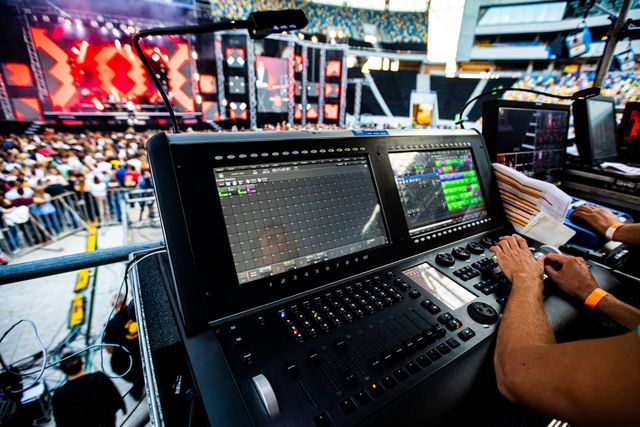Exploring the Advantages and Disadvantages of Static Frame and Mobile Projection Screens for Every Viewing Experience
As it comes to enjoying movies, presentations, or video games, the type of projection display used can greatly affect the watching experience. A couple of popular choices are fixed frame screens and portable projecting displays. Each type has its unique set of benefits and disadvantages that can affect which option is most suitable for a specific scenario. Understanding these distinctions can assist people and organizations make knowledgeable decisions about their watching setups.Stationary projection displays are designed to be constantly installed in a specific location. A primary of the key advantages of stationary displays is their ability to provide a smooth, even area for displaying pictures. This evenness guarantees that the image quality is sharp and distinct, which is especially important for HD material. Additionally, fixed frame screens often come with a black border that enhances differentiation and causes the displayed image stand out more. This type of display is ideal for home cinemas or specific presentation spaces where the configuration will not alter often.
On the other hand, mobile projection displays offer flexibility and ease of use. These screens can be readily set up and dismantled, making them ideal for occasions that require movement, such as meetings, classrooms, or outdoor movie nights. Mobile screens come in multiple dimensions and designs, including stand and collapsible options, allowing users to select an option that meets their needs. The capability to transport these screens renders them a favored choice for people who require to show in various places or for those who do not have a dedicated space for a stationary screen.
Nonetheless, there are some drawbacks to both types of screens. Fixed frame displays can be more costly and require professional setup, which may not be practical for everyone. Additionally, once installed, they cannot be moved with ease, restricting their use to a single location. In contrast, portable screens may not offer the same level of image quality as fixed frame screens. They can sometimes have creases or folds that affect the projection, particularly if they are not configured correctly. This can be a worry for those who prioritize picture quality over ease of use.
An additional factor to consider is the area accessible for the screen. Fixed frame screens need a dedicated area with enough wall space and suitable illumination conditions to enhance the watching encounter. This can additional resources be a constraint for those living in smaller houses or flats. Mobile displays, however, can be employed in various settings, from large theaters to small living rooms. This versatility renders them a practical choice for many individuals, particularly those who may not have a fixed setup.
In conclusion, both fixed frame and portable projecting displays have their unique advantages and challenges. Stationary displays shine in offering superior images and a professional look, making them suitable for dedicated watching areas. Conversely, mobile displays offer versatility and convenience, making them perfect for mobile presentations and events. By considering the benefits and drawbacks of both kind, individuals and organizations can select the projecting screen that best meets their specific needs and enhances their watching encounter.
